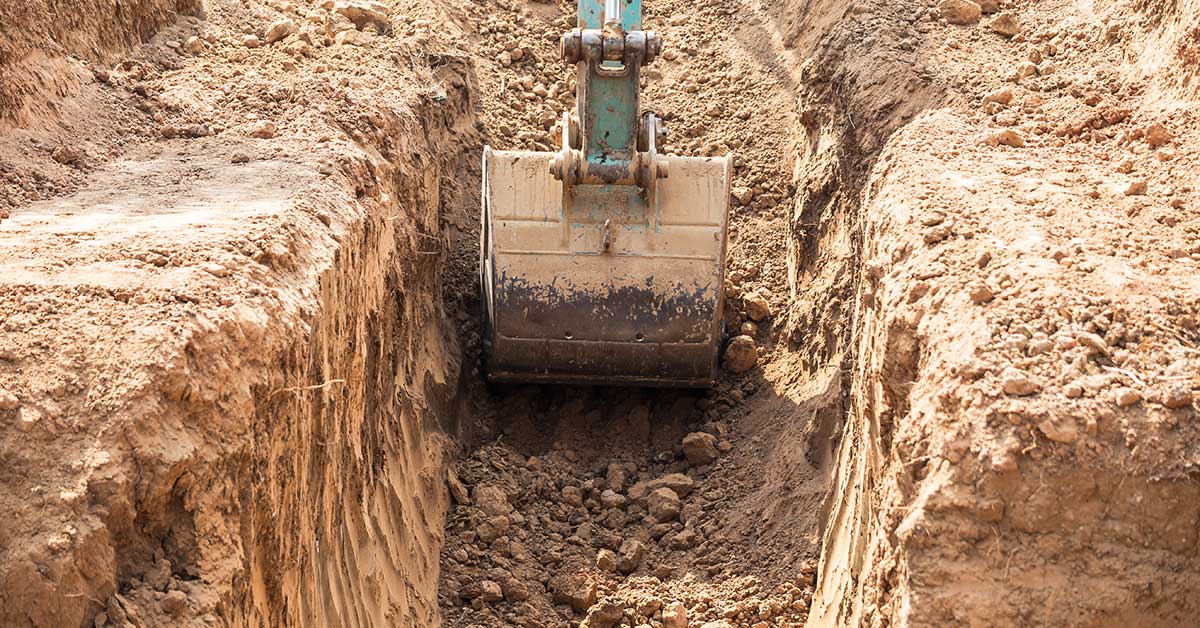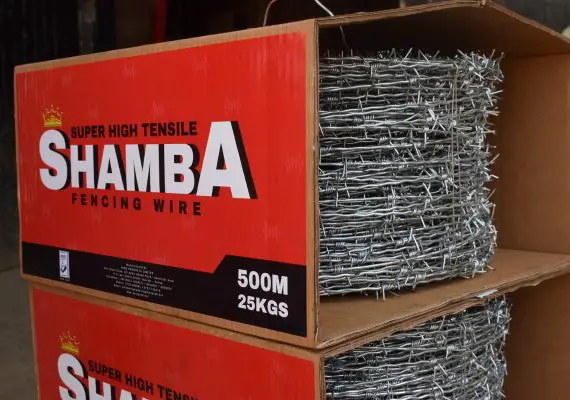Cohesive Soil and Cohesionless Soil | Soil Liquefaction
Cohesive Soil and Cohesionless Soil | Soil Liquefaction
Cohesive Soil and Cohesionless Soil
Generally, the soils are categorized in very different combinations, and the collapse of soil during excavation work depends on their properties. Mainly two types of soil which can be categorized are:
- Cohesive Soil
- Cohesionless Soil
Cohesive Soil.
Cohesive soils can be defined as the type of soil the is low-strength, fine-grained, and easily deformable soils and have a tendency for particles to stick. The soil is classified as cohesive if the number of fines (silt and clay-sized material) exceeds 50% by weight. Examples of cohesive soils are; sandy clay, silty clay, clay ,silt, and organic clay.
Cohesion less Soil/ Granular Soil
Cohesion less soil is a type of soil that contains particles that do not stick together. Granular soil contains large coarse particles proportions such as sand and gravel. This type of soil will not stick together itself.
Soil analysis before construction provides information that is critical to the success of excavation operations.
Cohesionless soil is also known as frictional soil. Frictional soil does not have cohesive forces and is comparatively coarser particles with self-weight dictating their behavior. Cohesionless soil particles have internal friction and the shear strength depends upon the angle of internal friction between particles. Typical examples include sand and gravel and have zero cohesion.
Cohesive Soil and Cohesionless Soil in Construction
Cohesive soils possess significant cohesive strength and show plasticity. Cohesion between soil particles comes from three major sources;
💥🎁 Christmas & Year-End Deals On Amazon !
Don't miss out on the best discounts and top-rated products available right now!
🛒 Shop Now and Save Big Today!*As an Amazon Associate, I earn from qualifying purchases.
- Cementation
- Electrostatic and electromagnetic attraction
- Primary valence bonding and adhesion.
The structure of clay in cohesive soil has a great influence on the engineering behavior of soils. The structure of soil refers to the geometric arrangement of soil or mineral particles and depends on genetic, chemical, mineralogical characteristics, as well as past stress conditions of the soil. The interparticle force also influences the soil structure.
In cohesive soil, the fine particles are present in very much amount and enough clay soil so that the soil will stick together and there will be very fewer chances of a cave in. The lesser the cohesive soil greater the measures needed to prevent a cave-in
Prevention of Soil Collapse
Knowing the type of soil makes it possible to determine the right protective system for the safety of workers in the work of excavation. The collapse can be prevented by providing slope on each four sides of the trench or by providing shoring on the sides of the trench
Understanding the soil Quality
- Plasticity test can be done to get cohesiveness.
- Compressive test determines the load-carrying capacity of the soil.
- Unconfined compressive strength test can be done to classify each type of soil
Visual Test
- When the soil is being excavated, does it come out in clumps or is it granular? Clump means that the soil is cohesive.
- Are there any signs of previously disturbed soil, such as utility lines?
- Are there any signs of water seeping through the soil is the soil fissured?
Signs of fishery include cracked like openings or chunks of soil that grumble of the side of a vertical excavation wall.
If any of these conditions are met, the soil cannot be classified as a cohesive type. It is very important to know the site conditions before construction begins.
Subsurface conditions can dramatically affect project safety on schedule. Knowing soil on visual inspection can help develop effective strategies to mitigate potentially adverse site conditions.
💥🎁 Christmas & Year-End Deals On Amazon !
Don't miss out on the best discounts and top-rated products available right now!
🛒 Shop Now and Save Big Today!*As an Amazon Associate, I earn from qualifying purchases.
Soil Liquefaction
Liquefaction Meaning
Soil Liquefaction is a situation in which a saturated cohesionless soil/granular soil loses its shear strength after being subjected to ground motion through vibration when an earthquake occurs.
Cohesion denotes the attraction between particles of the same nature or origin or type. Therefore, cohesive soil is a type of soil where there is inter-particular attraction. This adds to the shear strength of the soil.
The shear strength in cohesionless soil is majorly affected because of the friction produced between soil grains.
Because of a significant increase in pore water pressure produced during an earthquake, the contact force between the soil grains is lost and the grains behave as though they are floating in the water. This situation is more common in loose saturated sands.
Soil Liquefaction may happen in the following forms:
- Ground oscillations
- Lateral spreads
- Sand boiling
- Settlement
- Loss of bearing strength
- Increased lateral pressure on retaining walls.
Effects of Liquefaction
Soil liquefaction in sandy soil often results in huge damage to structural buildings, retaining structures, highway embankments, and other civil engineering structures.
💥🎁 Christmas & Year-End Deals On Amazon !
Don't miss out on the best discounts and top-rated products available right now!
🛒 Shop Now and Save Big Today!*As an Amazon Associate, I earn from qualifying purchases.
How to Prevent Liquefaction
Saturated loose cohesionless soils are often prone to liquefaction when subjected to rapid /dynamic load without the ability to drain excess pore water pressures.
Dewatering process or providing good drainage for these soils is one of the improvement ways that has been used to mitigate the potential for liquefaction. This method has been shown to be effective for improved sites during recent earthquake loading.
The use of gravel columns acting in part as liquefaction mitigation drains. Another way that has become more popular is the installation of pressure relief wells (or drains) which provide rapid dissipation of excess water pressure buildup.
A number of case studies show the success of these types of drains using either gravel columns or relatively large diameter vertical geocomposite drains.


